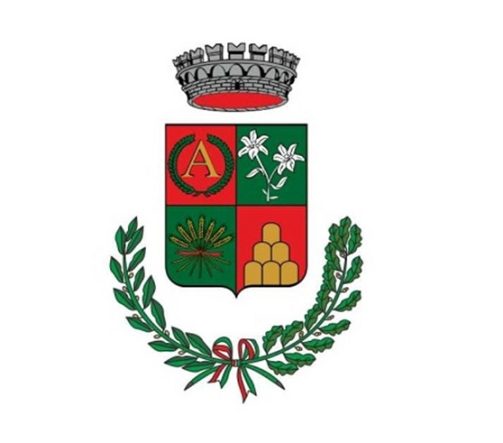The ancient name of the center, Augustis, dates back to the time of Roman rule, specifically the empire of Octavian Augustus (Rome 63 B.C.-Nola 14 A.D.).
But the area tells an even older story: obsidian arrowheads, found throughout the area, are signs of a past that goes back as far as the Neolithic. Also belonging to prehistory are some important monuments such as the dolmen of Perda Longa and, a short distance away, the nuraghi of Lughia, Turria and Istecori, witnesses to the Sardinian civilization that developed during the Bronze Age.
From accounts of battles with the Romans we know the names of the tribes that populated Sardinia. Around Austis lived the Celsitani and Cunusitani who tenaciously resisted conquest and with whom Rome’s armies clashed many times.
To defend the communication routes and Roman appropriations to guard the local populations the military garrison of Augustis was born where a number of garrisons were sent from the capital including the cohors (VII) Lusitanorum.
Documenting the presence of the Roman outpost is a necropolis on the northern outskirts of the present settlement, at Perda Litterada, where granite tombstones with Latin inscriptions, coins and remains of buildings from the imperial period have been found.
In the Middle Ages the name center is mentioned several times as regnu de Agustis and curadoria de Austis in condaghes, church registers dating from the 11th-12th centuries. It was in fact part of the Giudicato of Arborea and was chief town of a curatoria.
The 14th century was marked by the great war of the Sardinian kings against the powerful Crown of Aragon, which made claims on the island in the name of the concession made by Pope Boniface VIII. In 1388 the curator of the Villa de Austis was among the signatories of the peace between Eleonora D’Arborea and John I King of Aragon. The conflict continued in the following years, and in 1420 the village became part of the marquisate of Oristano until 1478, when it was confiscated from the last marquis Leonardo Alagon, who had rekindled the conflict against the Spanish. Since then the center was enfeoffed to different lineages, passing under the rule of the Pujades, Arbosich, De Sena, Cervellon, and, with the passage of the Sardinian kingdom to the Savoys, was maintained as a fief by the Manca Guiso and finally by the Amat.
In the 18th century the Monte granatico and the Consiglio comunitativo were established, the first instruments by which the population began the journey of freedom from feudal lordships, from which it was redeemed in 1838. In those years the first elementary school was opened and the town was included in the administrative division of Cagliari, but with the reconstruction of the provinces since 1927 it became permanently part of the province of Nuoro.



